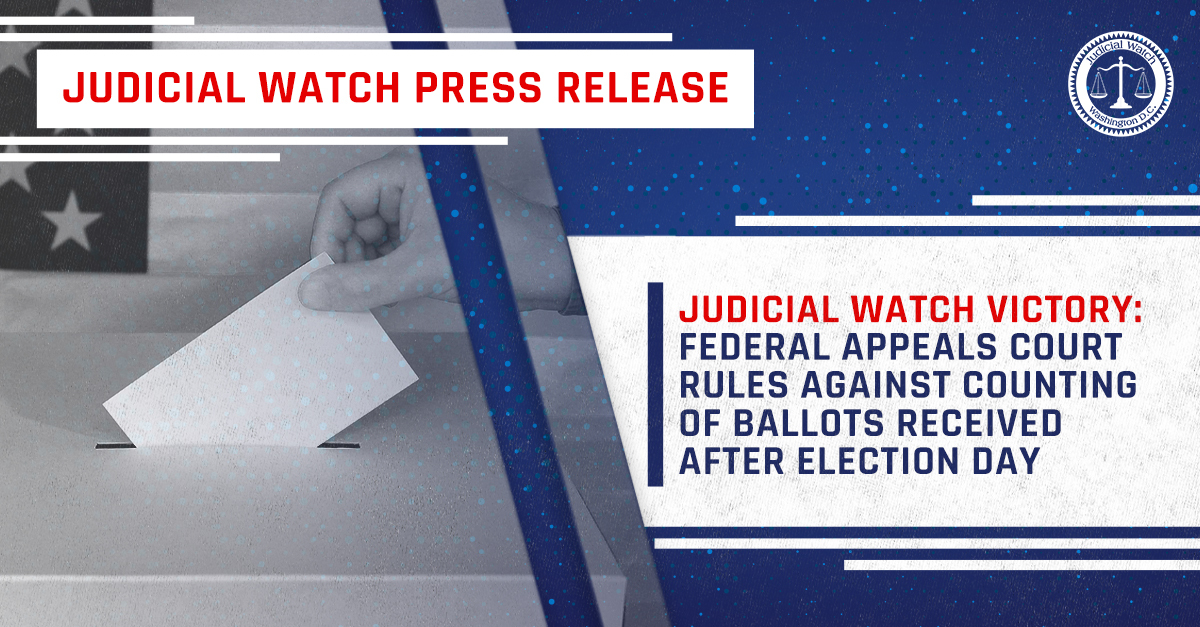

Benghazi: What The Government Wants Us To Think
First published at the Daily Caller, October 30, 2014
We now have two serious investigative tracks into the Benghazi killings — Rep. Trey Gowdy’s Special Select Committee, which I examined here, and the Justice Department’s Ahmed Abu Khatallah prosecution. On October 14, the government filed a superseding indictment in the case.
The Benghazi militia figure was snatched by Delta Force in June and brought to Washington to face charges in the deaths of Ambassador Christopher Stevens, Sean Patrick Smith, Tyrone Snowden Woods and Glen Anthony Doherty. The indictment charges Khatallah with murder, conspiracy to commit murder, providing material support to terrorists and related crimes. He pleaded not guilty to all charges.
Gowdy is a former prosecutor, and so far he is running his committee like a grand jury, gathering evidence mostly in secret. The Khatallah indictment — put together by a real grand jury — signals where the Justice Department is going with the case. It will be revealing to see how closely Gowdy’s facts track the government’s, and if, and where, they diverge.
So what does the Khatallah indictment teach us? First, the White House’s “the video did it” defense is out the window. Nowhere does the indictment mention a spontaneous eruption of Muslim outrage as having any role in the Benghazi attacks. Instead, it says that Khatallah devoted “substantial planning and premeditation” to the operation, which it called “an act of terrorism.”
Second, in addition to the vanishing video, the Central Intelligence Agency also has disappeared. Nowhere in the indictment is the CIA named. Instead, it merely notes that a “second U.S. facility … known as the Annex” was established in Benghazi. The smokescreen around the CIA is a motif of the government’s Benghazi investigations, including oversight hearings by the House and Senate Intelligence Committees. I reported on it for The Daily Caller here and Eli Lake adds important details here.
Third, the indictment posits Khatallah as a terrorist chieftain. It notes that he was “the commander of Ubaydah Bin Jarrah (‘UBJ’), an Islamist extremist militia in Benghazi” which in 2011 “merged with Ansar al-Shariah (‘AAS’), another Islamist extremist group. “ Abu Khatallah, it says, “was a Benghazi-based leader of AAS.”
Anasar al-Shariah was designated a terrorist group by the U.S. in January 2014, and they are indeed a scary bunch — well-organized killers with a political base and wide alliances operating across eastern Libya. But Khatallah and UBJ? Not so much. Reports from Benghazi indicate UBJ was perhaps two dozen men — more of a gang than a militia — and that Khatallah, who served lengthy prison stretches for opposing Gadhafi, was an erratic personality. In other words, something of a nut job. Brave but crazy. He hardly seems like a terrorist mastermind. But that’s how the government paints him. The purpose of Khatallah’s conspiracy, the indictment notes, was “to remove the presence of the United States in Benghazi…violently attack the Mission and the Annex … kill United States citizens at the Mission and the Annex … [and] plunder property from the Mission and the Annex, including documents, [and] maps and computers containing sensitive information.”
Khatallah, the indictment says, “informed others that there was an American facility in Benghazi posing as a diplomatic post, that he believed the facility was actually being used to collect intelligence, that he viewed U.S. intelligence actions in Benghazi as illegal, and that he was therefore going to do something about this facility.”
The government then gives us its timeline for the attacks:
- At 9:45 p.m. on September 11, 2012, “about twenty armed men” breach the main gate of the mission. After setting fire to buildings within the mission, killing Christopher Stevens and Sean Smith, the attackers “temporarily” retreat.
- At 11:15 p.m., they launch a second attack, re-entering mission buildings and, supervised by Khatallah, steal material including “documents, maps and computers containing sensitive information about the location of the Annex.”
- At midnight, Khatallah and others travel to an Ansar al-Shariah camp with “material stolen from the Mission.”
- Around 12:30 on September 12, the Annex is attacked with small arms fire and rocket-propelled grenades.
- About 5:15 a.m. — note the nearly five-hour gap here — the Annex is attacked “with mortars, resulting in the deaths of Tyrone Snowden Woods and Glen Anthony Doherty and serious bodily injury” to two other Americans, David Ubben and a man identified only as “Mark. G.”
The indictment, then, tells a tale, as all indictments do. It’s the government’s tale — the media and others may have different tales — but the indictment has a specific role. It is to teach us how to think about the case. This is what the government wants us to think:
Forget about the video, forget about the CIA. Terrorist chieftain Khatallah believed the U.S. Mission in Benghazi was a spy post. He attacked it with twenty men, killed two Americans, and discovered documents leading him to a second U.S. facility. He attacked that with small arms fire and came back five hours later with a mortar team, killing two more Americans and wounding two others.
From the view of prosecuting a case with national security undertones, this pared-down version of events could be a smart move. But as a truth-seeking exercise, it falls short. Trials are about establishing the truth as well as guilt. Ahmed Abu Khatallah may be a dirtbag but he is entitled to a vigorous defense, and he’s likely to get one. Questions will be raised about the video, the CIA, the centrality of the defendant to the conspiracy, and the government’s timeline, which appears to suggest that the attackers learned of the Annex only at midnight on September 11. Meanwhile, Trey Gowdy’s Select Committee will have to decide whether to buy into the government’s version of events, or come up with its own.
Micah Morrison is chief investigative reporter of Judicial Watch.















